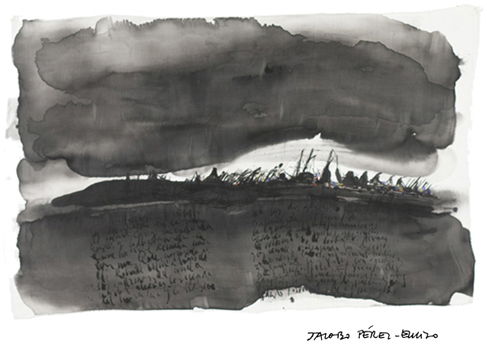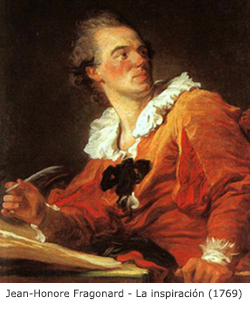Inspiration doesn't like fast culture
© Eduardo Ruigómez
The summit cut by the sharp cottage cheese of the clouds. A scream of joy. A tear appears in the puddles of the eyes.
(Juan Massana: Puy-de-Dôme, from Out there, in your eyes. Ollero y Ramos Editores)

 The Greeks made a difference between the artist and the creative. The former developed their work within some standards: they are not creators but imitators whose mimetic work is based on skills. In The Republic, Plato wonders:: <<Can we affirm that a painter builds something?>>, to which he answers: <<Absolutely not, he simply imitates>>. On the contrary, the creators, among which there were the poets, developed their work freely. During the Reinassance the activity of the artists evolves dramatically: creation becomes essential and natural. Inspiration, which had been laying apart, magnificently recovers the artist's place.
The Greeks made a difference between the artist and the creative. The former developed their work within some standards: they are not creators but imitators whose mimetic work is based on skills. In The Republic, Plato wonders:: <<Can we affirm that a painter builds something?>>, to which he answers: <<Absolutely not, he simply imitates>>. On the contrary, the creators, among which there were the poets, developed their work freely. During the Reinassance the activity of the artists evolves dramatically: creation becomes essential and natural. Inspiration, which had been laying apart, magnificently recovers the artist's place.
I find the concept of inspiration to be like a spoiled child who wakes up with sleep in the eye and starving, willing to have for breakfast anything at hand. It's the greed of the explorer.
I don't really know what sets inspiration off. Maybe it just works like a wind-up clock: it never stops as long as the gear train transmits the energy needed for distributing the movement impulses. Inspiration does not mind about days or nights, darkness or brightness. Nor does it mind about professions. It is a worker in the shade, never stopping, a non-visible partner, mute, keeper of sleeping treasures, in a latent state. It collects our dreams, our fears too. The suitable cocktail to shake imagination.

 I guess that such enlightment appears in a different way to each of us. Picasso found that the fact of staying at work was enough to set the act of creation off. This way inspiration never caught him off his guard, with his tools at hand, so he could develop an idea powerfully. From such viewpoint, inspiration turns out to be the driving force of an intellectual and creative action.
I guess that such enlightment appears in a different way to each of us. Picasso found that the fact of staying at work was enough to set the act of creation off. This way inspiration never caught him off his guard, with his tools at hand, so he could develop an idea powerfully. From such viewpoint, inspiration turns out to be the driving force of an intellectual and creative action.
Perhaps the most essencial consideration in these confusing days consists in defining how inspiration is applied. The new technological age, in which we are completely settled, is disrupting the essence of the culture of the social and intellectual circles. Tools like Facebook or WhatsApp happen to be a good sample of the fragile position we are moving into: swifting from a reasoned and solid development into a rash fast culture. Inspiration, as a driving force of creation, looks like a patient who is seriously suffering from inmaturity and boredom. Thus, it is time for thinking over the way to recover the lively spirit of The Reinassance Humanism.
I recomend the reading of the following inspiring book: Not for Profit, by Martha C. Nussbaum (edited in Spanish by Katz Editores) in order to approach every aspect of the subject of humanities, among which the value of narrative imagination is analysed. "A statement rather than an empirical study" (Martha C. Nussbaum).
In issue number 21, 1:1 Photo Magazine invites you all to enjoy the work of Alain Laboile, Quentin Top, Sylvia Gutiérrez Sánchez and Lisa Elmaleh, all of them conveying two complementary qualities: maturity and freshness. A journey along four very different scenarios and yet all of them full of intensity: images that storm into vital circles through spontaneous family moments, the water as life's force, the pain of death's trace, and the powerful nature turned fragile due to the humans presence. Four photographers, four sensibilities.
